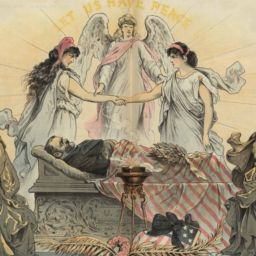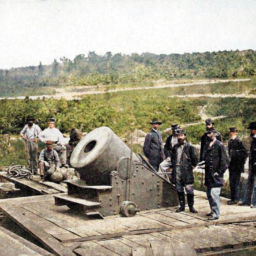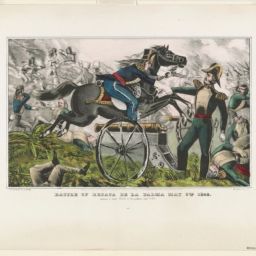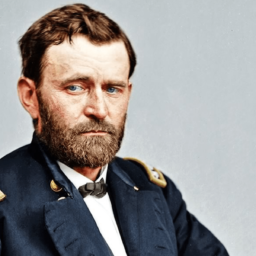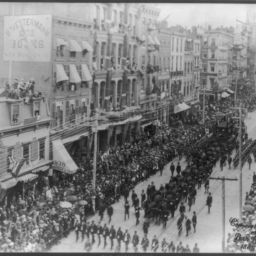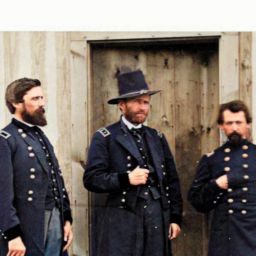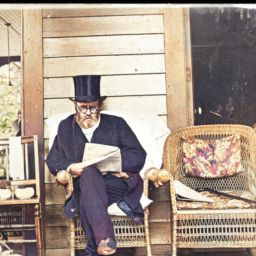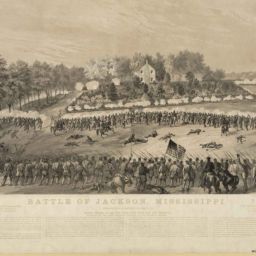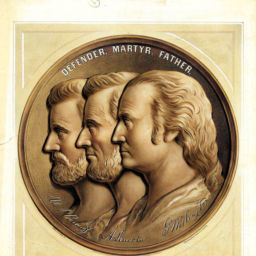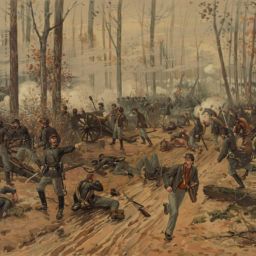
Here you can see a video taken a few steps away from the historical marker at the Eastern Overlook of what is now the U.S. Grant Cottage Historical Landmark, Wilton, New York. The marker reads:
This stone marks the spot where General U.S. Grant had his last view of the valley, July 20, 1885
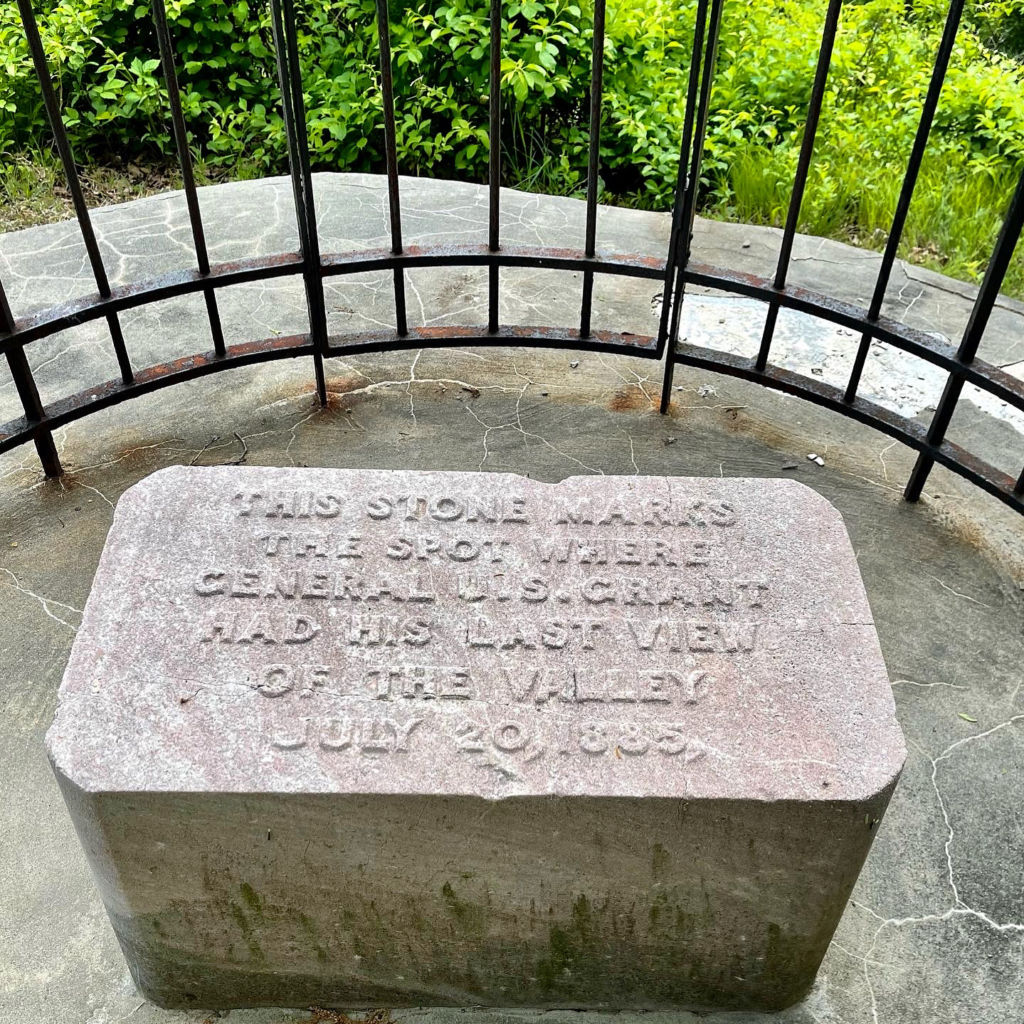
July 20 was, in fact, the final time Grant would be out of doors before his death on July 23, 1885, in the cottage on Mount McGregor that had been loaned to the Grants by businessman and friend Joseph W. Drexel, as a place of refuge from New York City’s heat and dust during Grant’s last days. Despite some modern building visible in the distance, Grant’s own view would have been very similar. On a clear day, one can see 50 miles into the distance from the overlook.
In 1884, the Grants had fallen into financial ruin at the hands of a Wall Street fraudster who Grant had unwisely gone into business with. Only a day or so before Grant’s final view of the valley, as he suffered the agony of terminal throat cancer, Grant had finished his 336,000-words memoirs, hoping that sales of the two-volume work would provide a financially secure widowhood for his wife, Julia.
Ron Chernow’s 2017 biography Grant includes the below poignant record of Ulysses S. Grant’s final view.
On July 20, [1885,] Ulysses S. Grant asked to be rolled over to a scenic spot on the mountaintop that offered a wide-angled vista of the Adirondack foothills to the north, the Green Mountains of Vermont to the east, and the Catskills dimly visible to the south. Bundled up with a blanket over his lap, he was wheeled in a bath wagon that had two large wheels in the rear, a smaller one up front, which Harrison Terrell pushed from behind with a metal bar. A few weeks earlier, Terrell had pulled Grant up to the Hotel Balmoral, facetiously complaining he had been reduced to a draft horse, to which Grant scribbled: “For a man who has been accustomed to drive fast horses this is a considerable comedown in point of speed.” But this new outing lacked humor and left Grant gasping for air. “He was carried into the drawing room & death seemed to seize him,” said Reverend Newman. “We gathered around him & I prayed for him.” (953–954)


